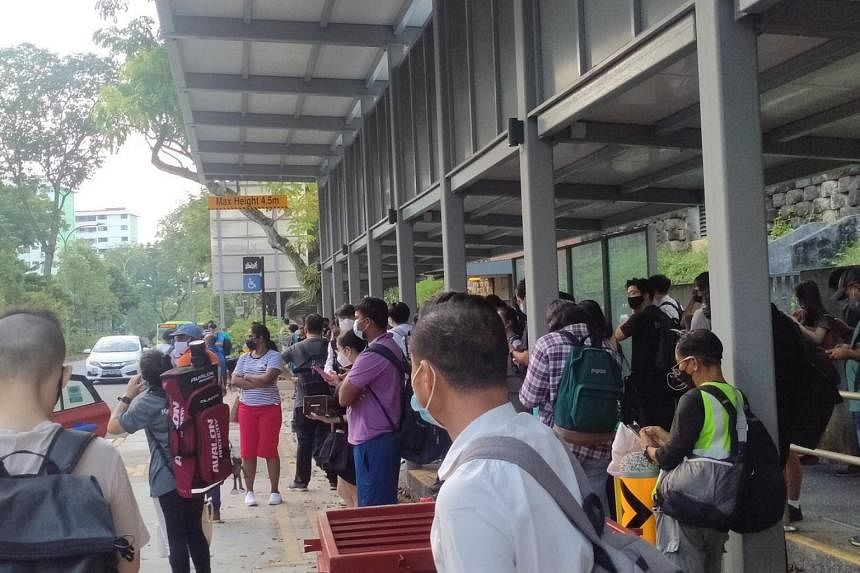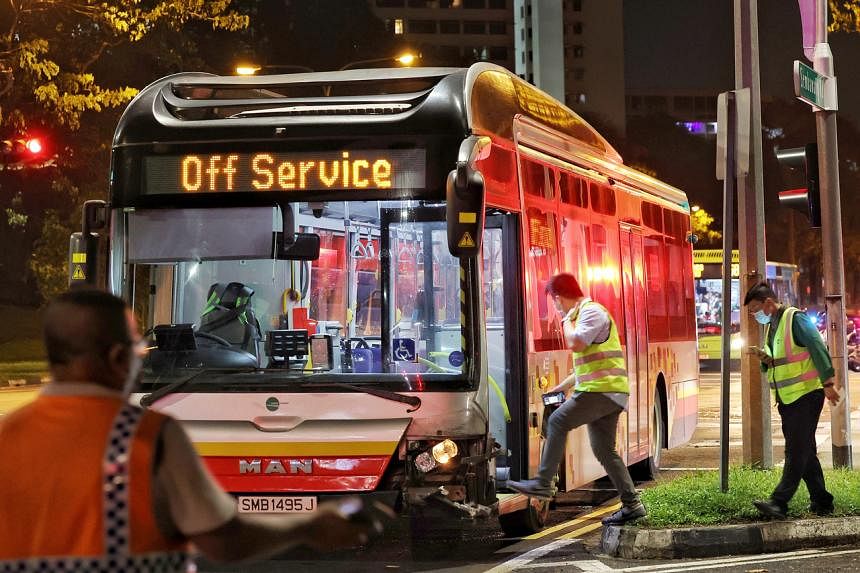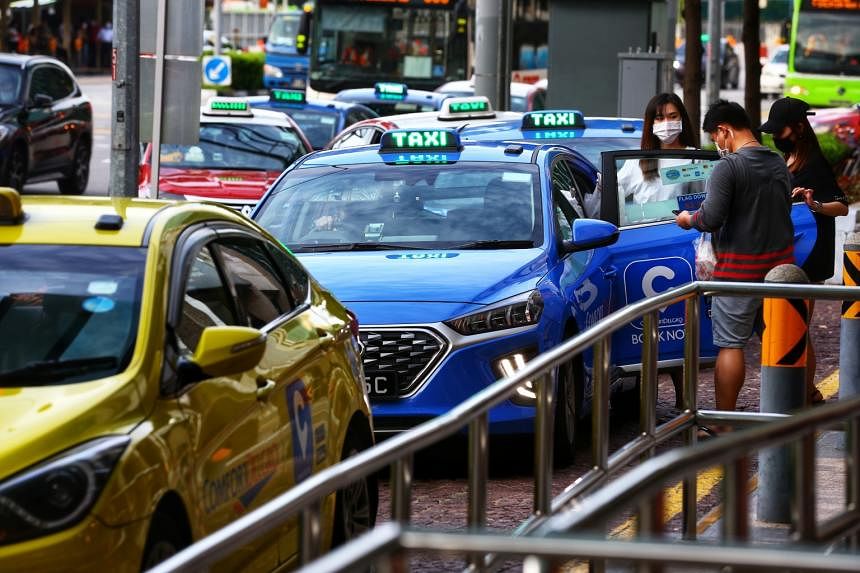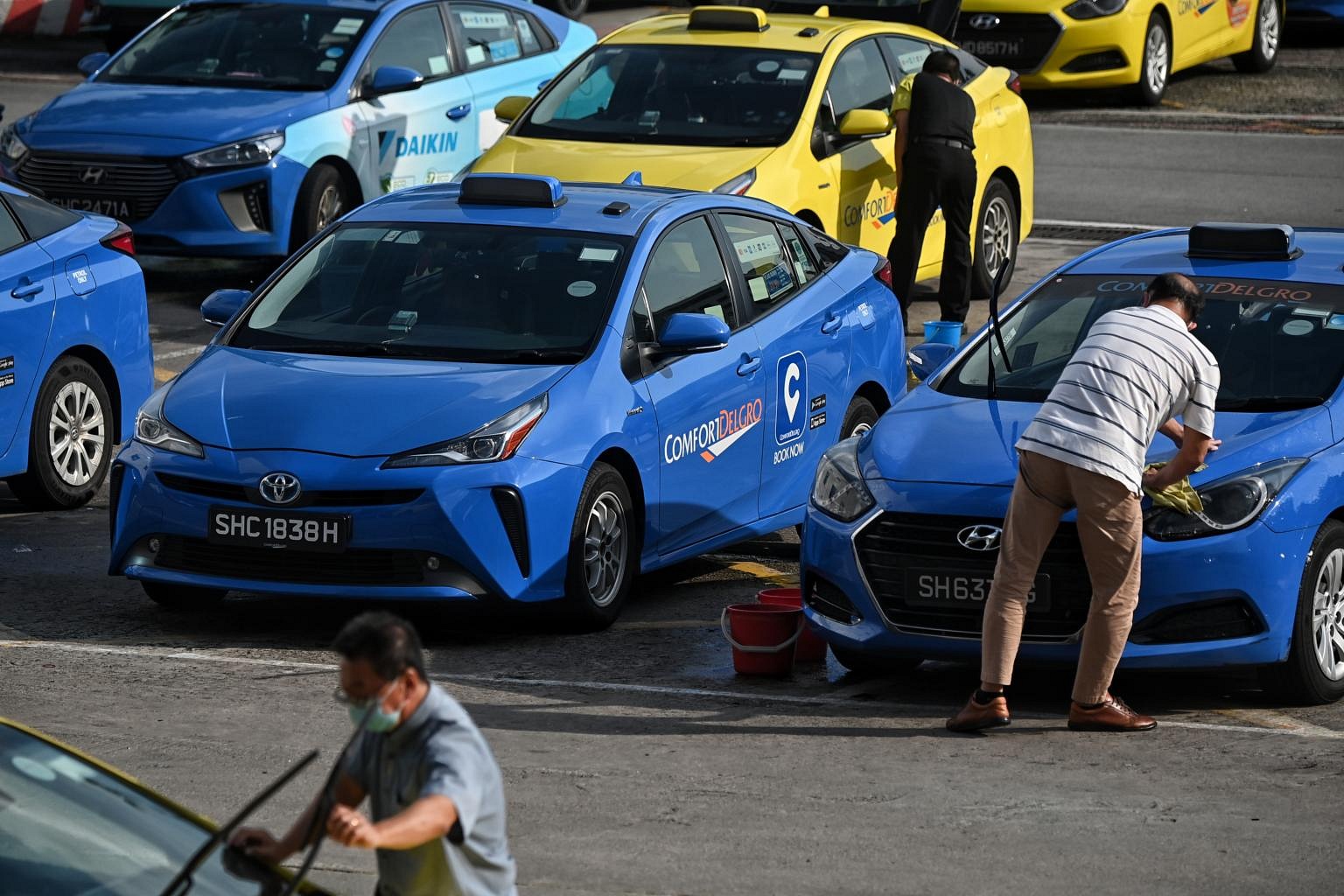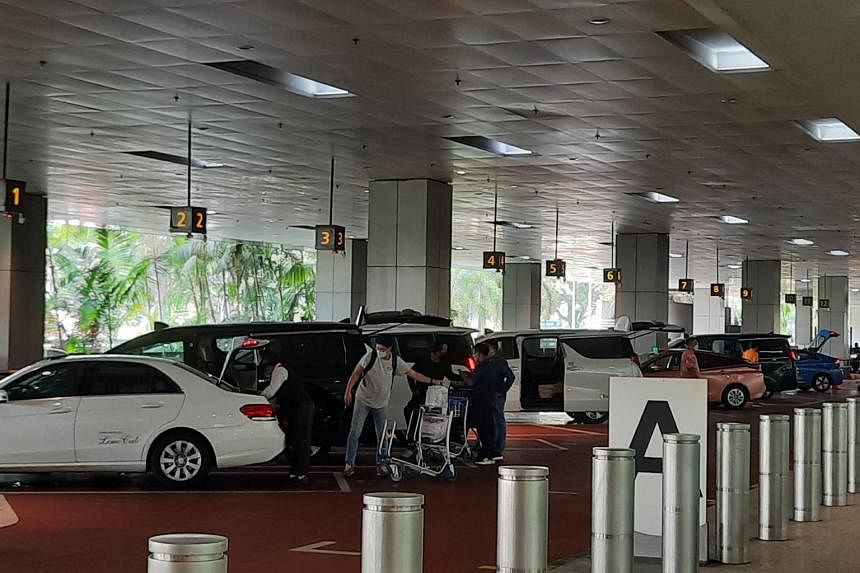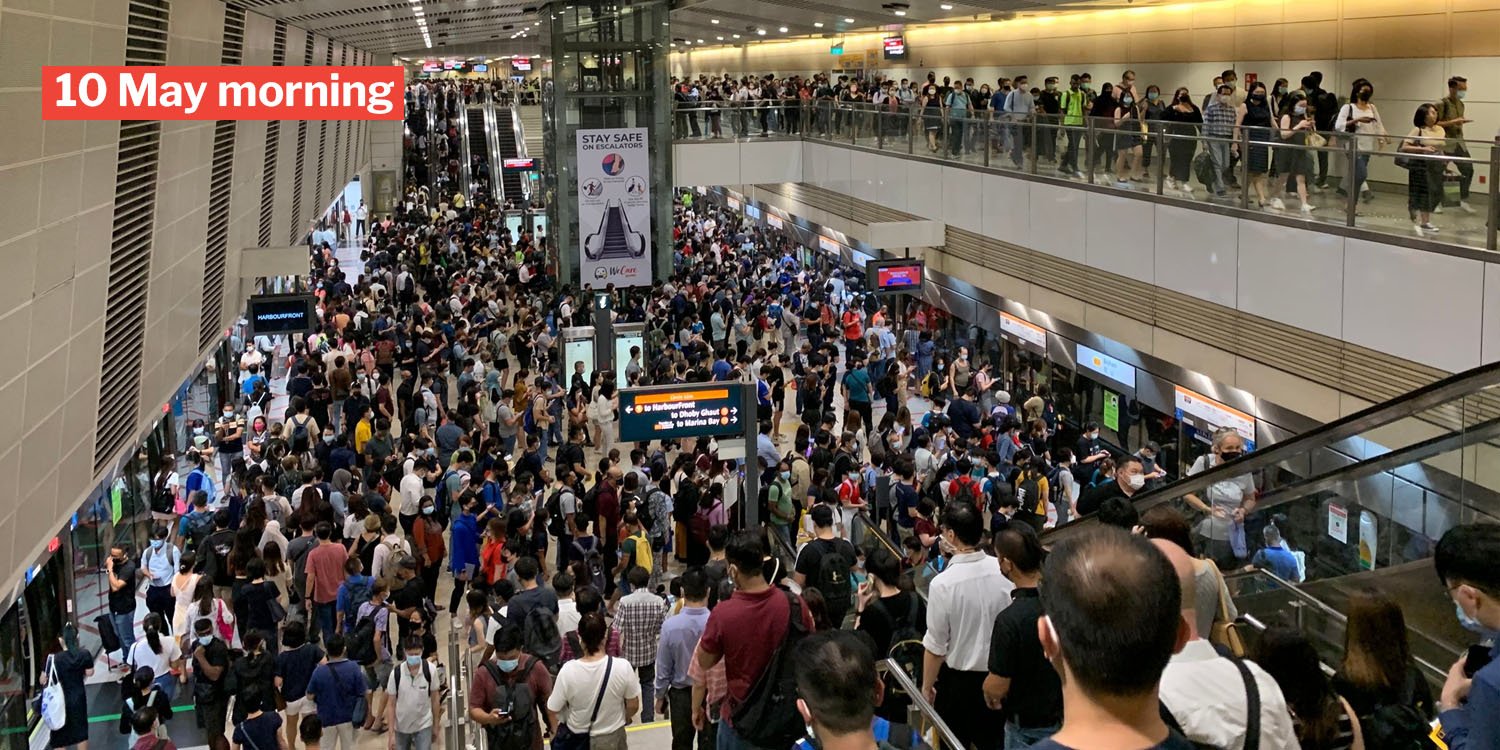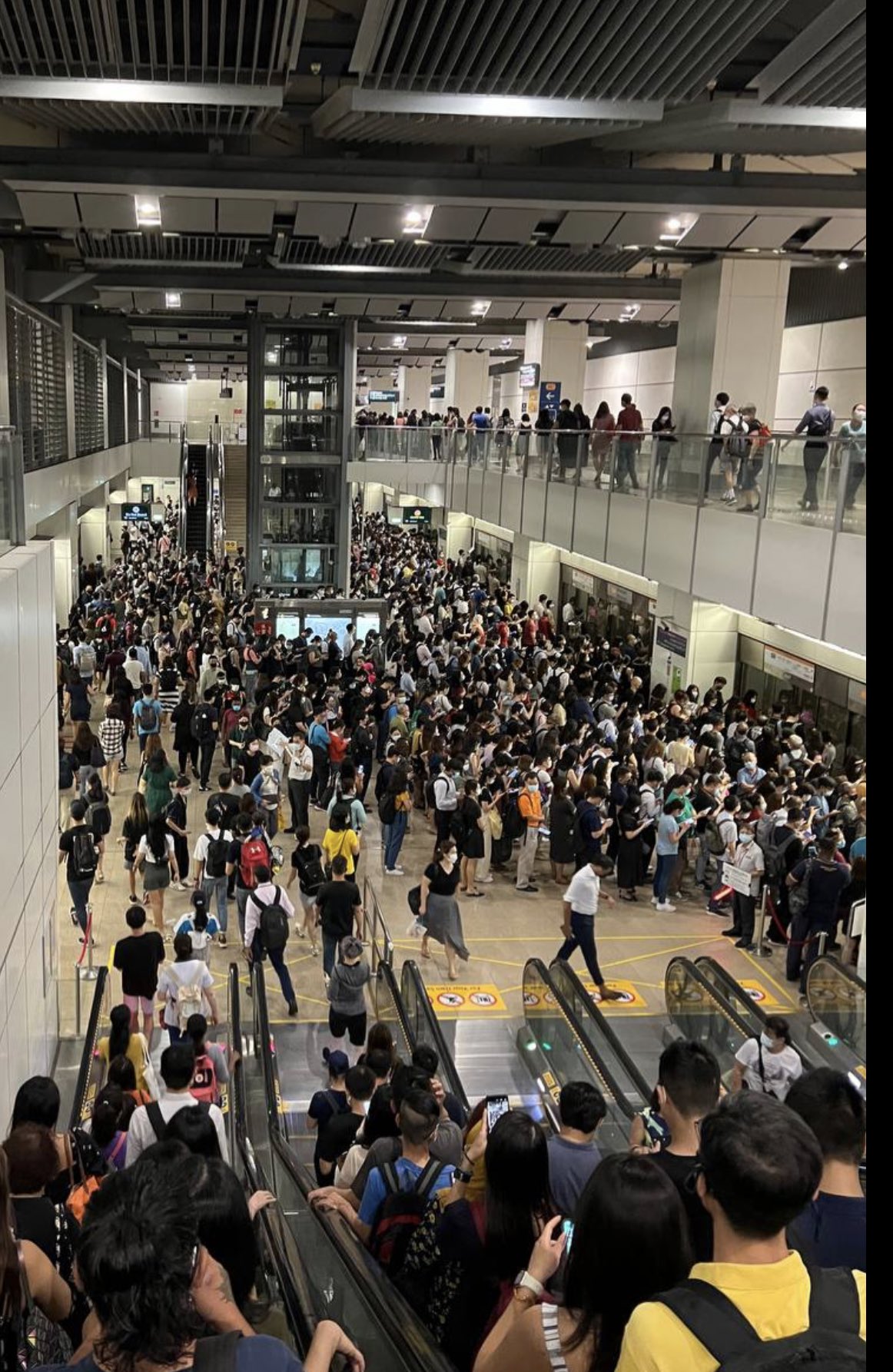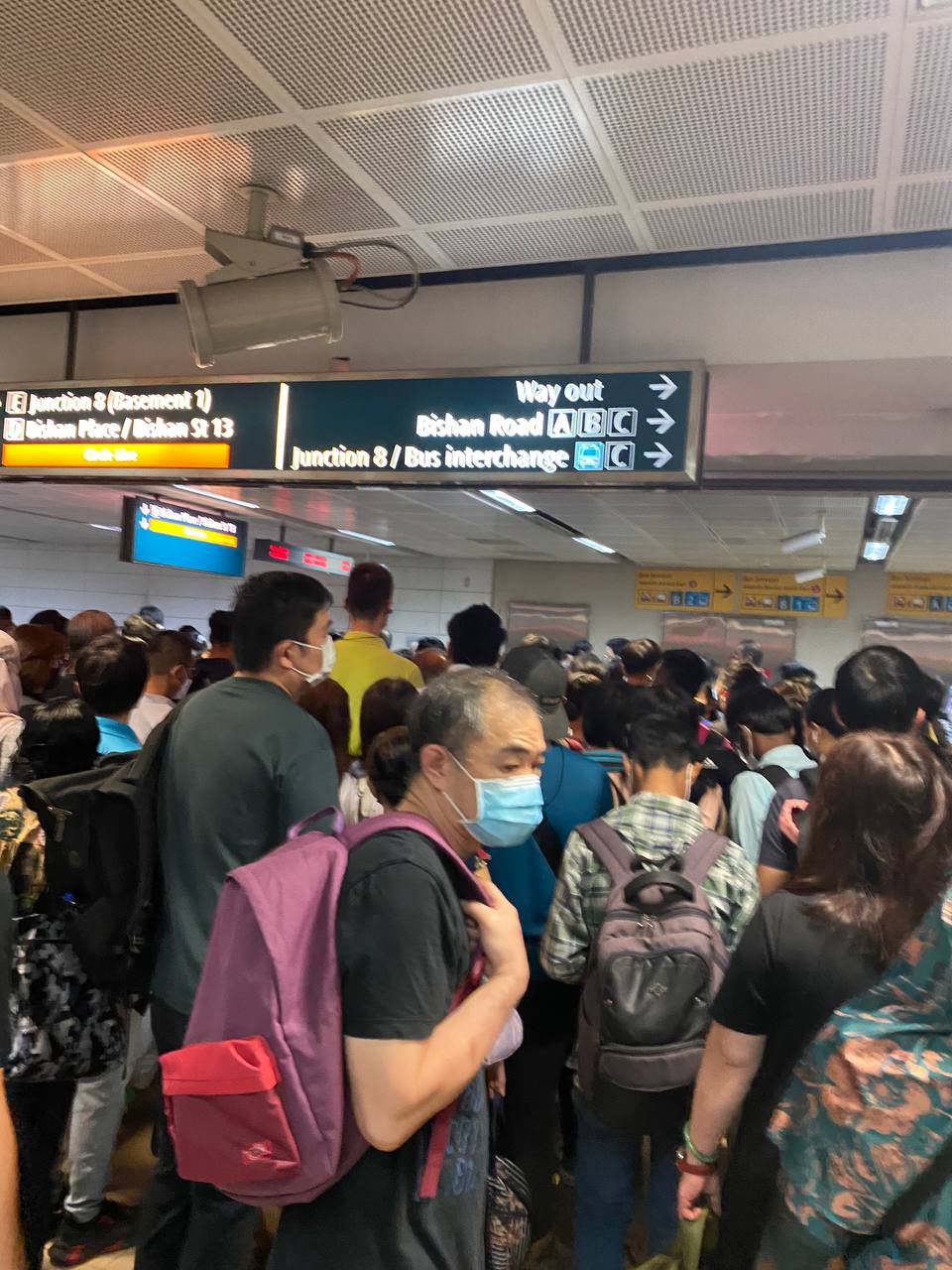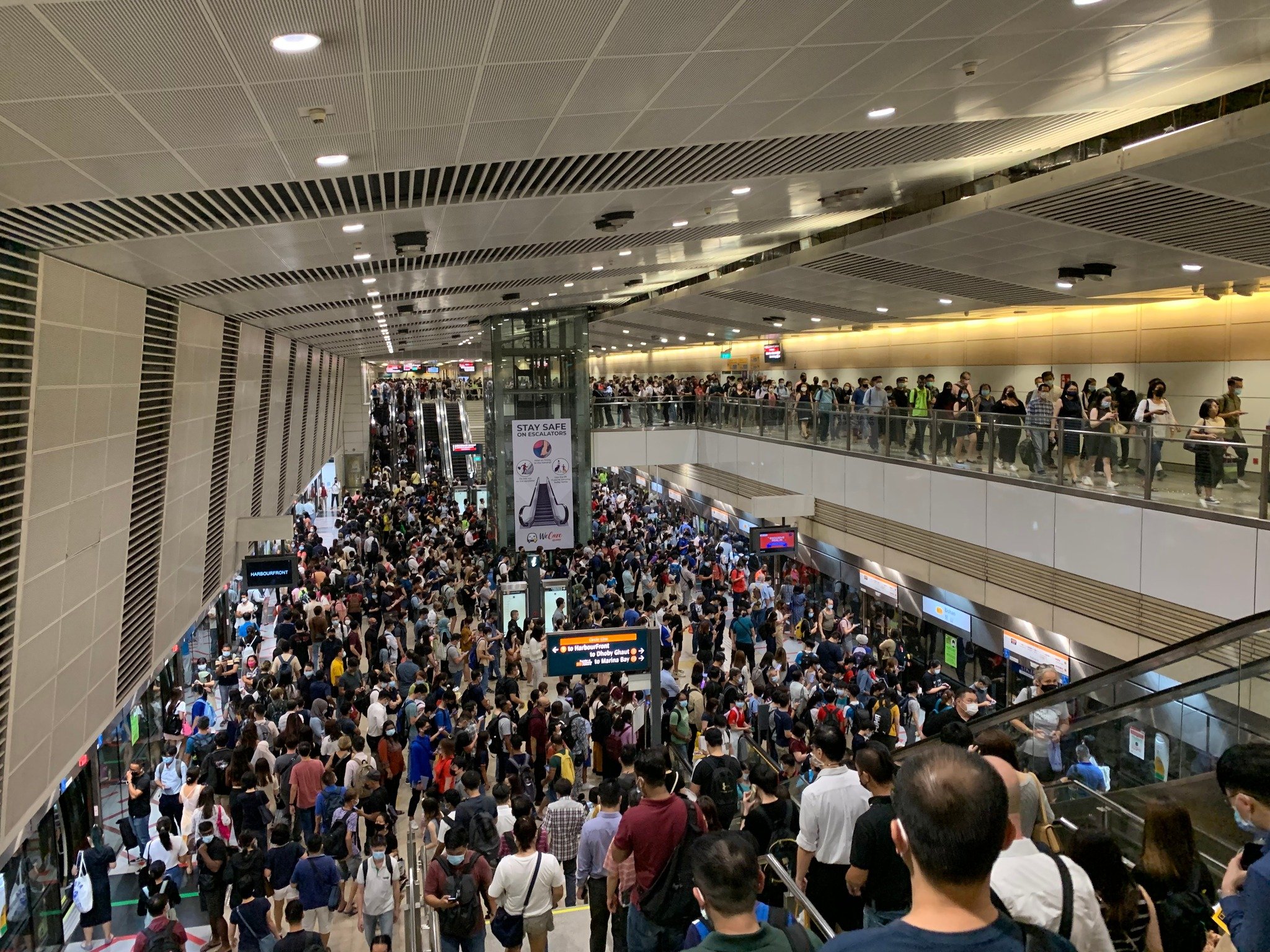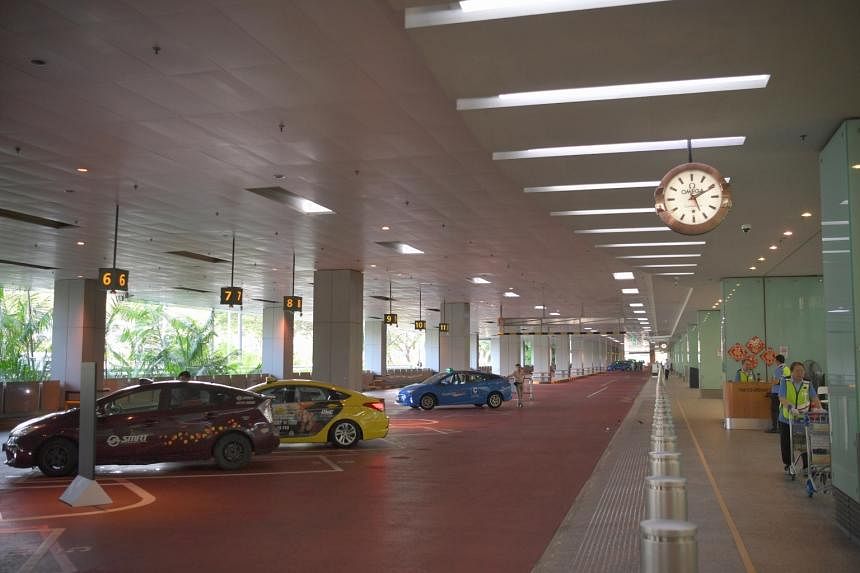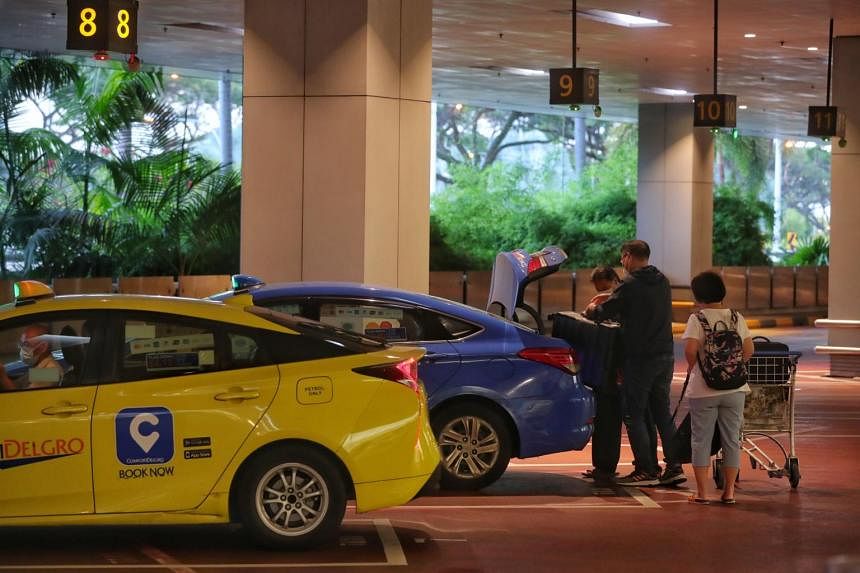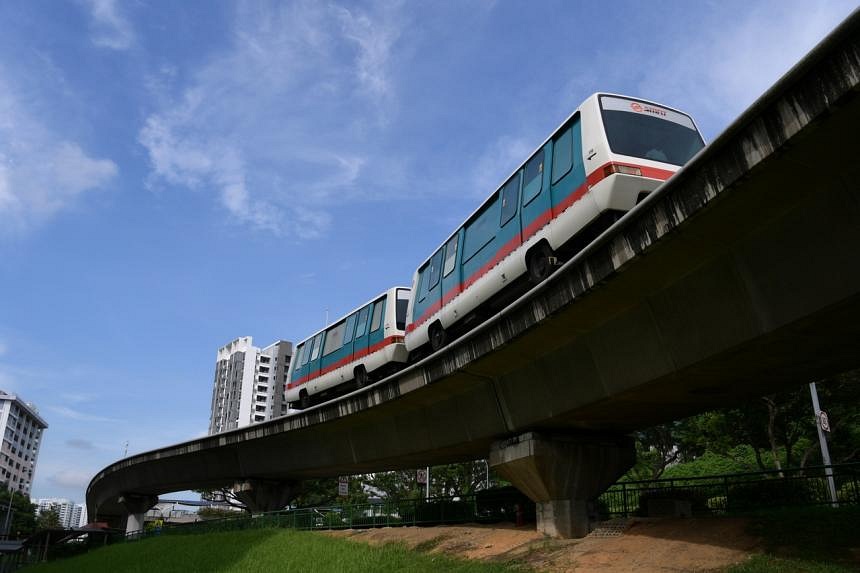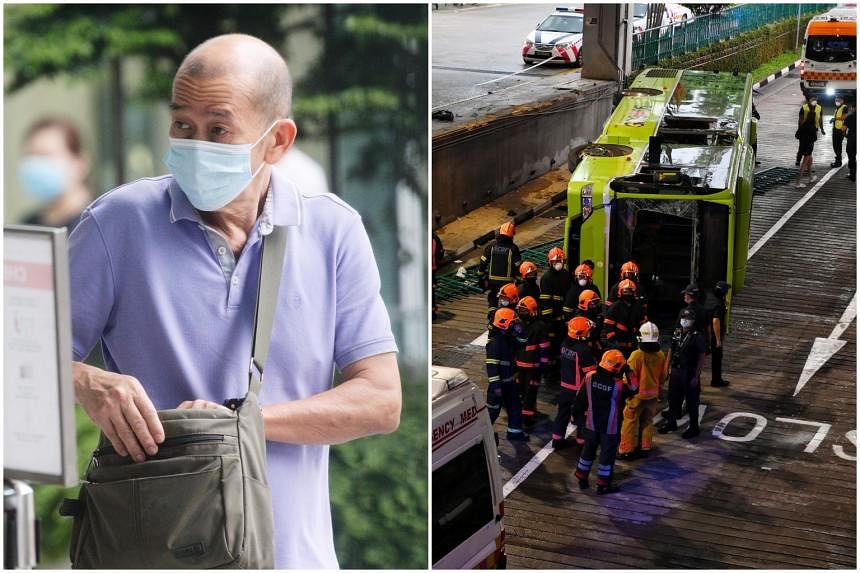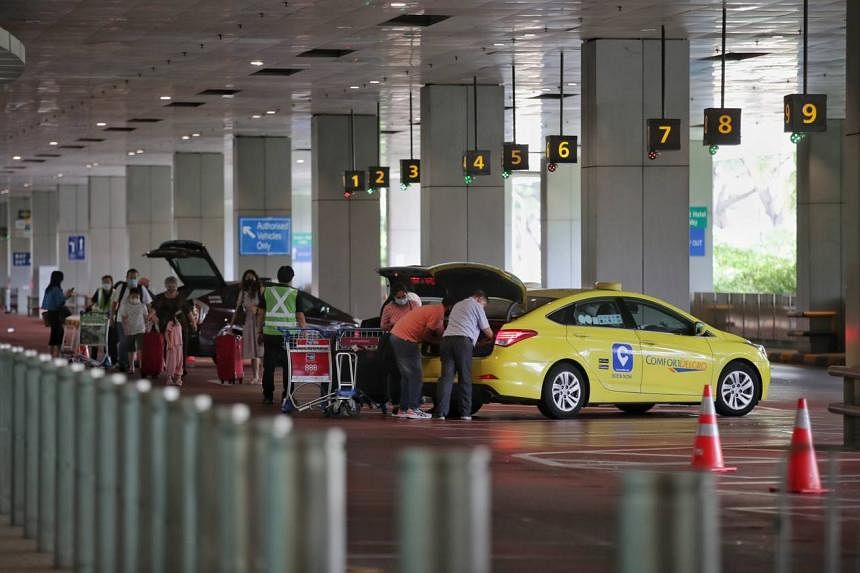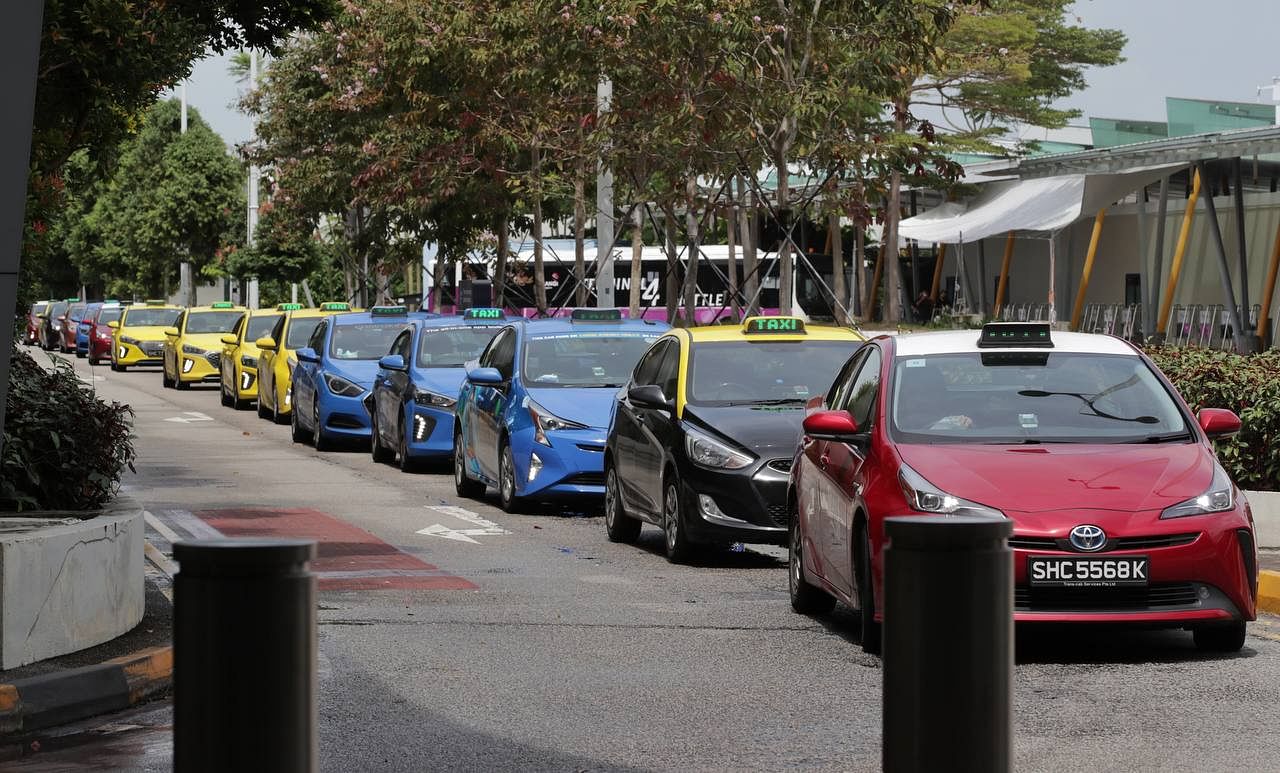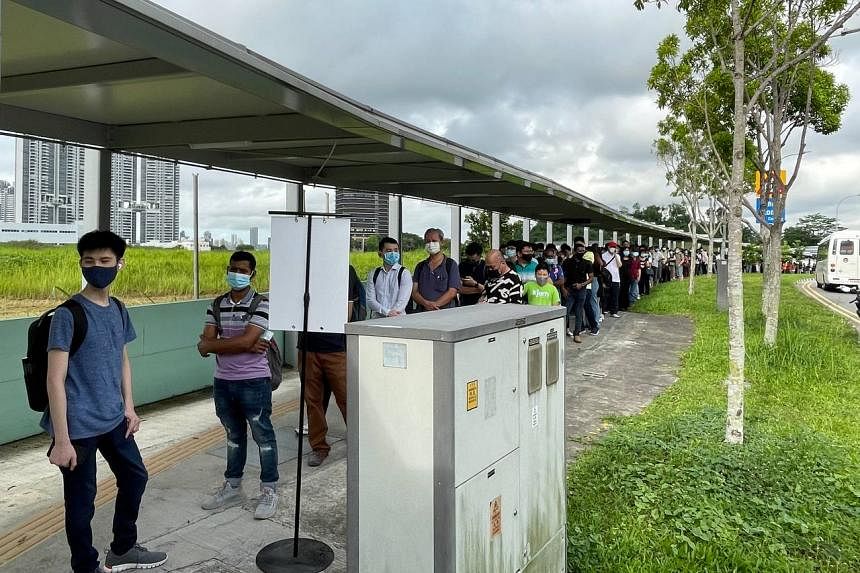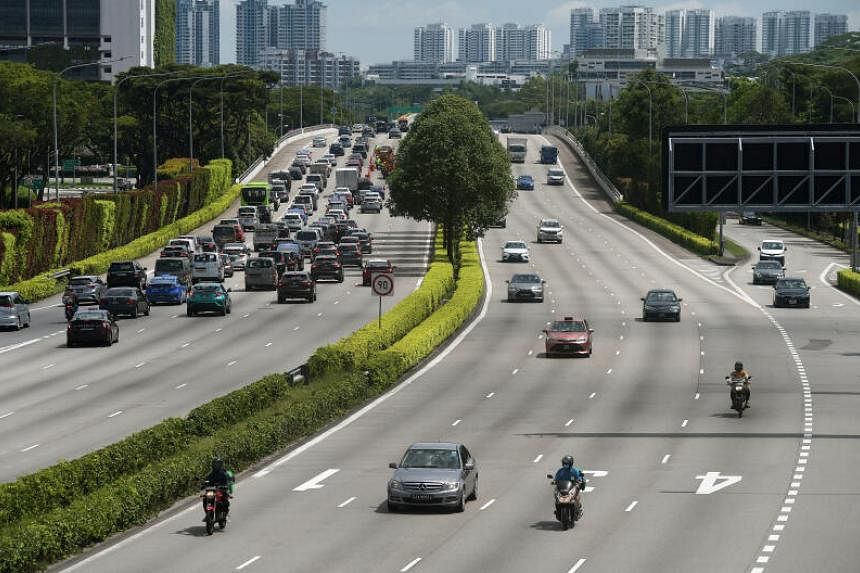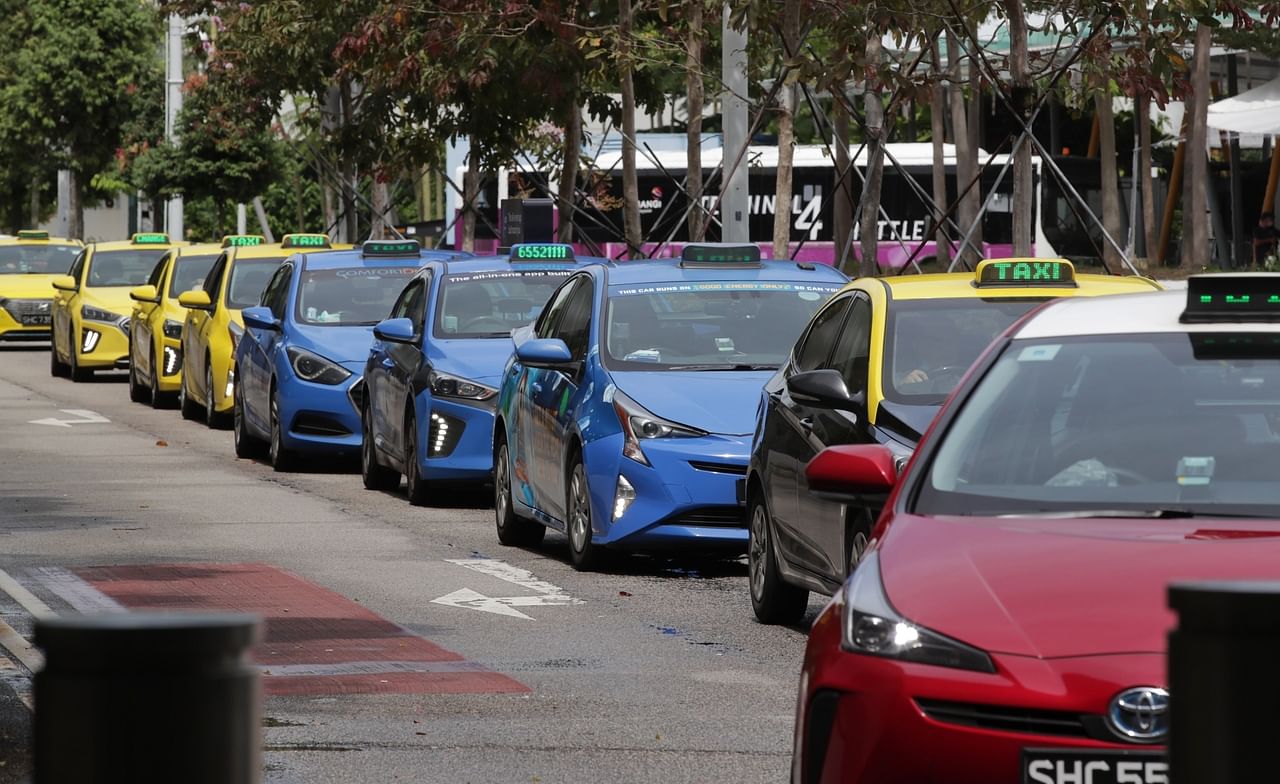Five suggestions to improve COE system
The industry says sellers have an interest to keep COE prices low, as spikes often entail costly subsidies on their part. ST PHOTO: KUA CHEE SIONG
Christopher Tan
Senior Transport Correspondent
Jul 22, 2022
SINGAPORE - Amid
record certificate of entitlement (COE) prices, there have been calls for the vehicle quota system to be tweaked, with changes ranging from banning car dealers from bidding to requiring bidders to pay what they bid for.
These suggestions are not entirely new, and have been made over the course of the 32-year-old auction system.
The Straits Times examines the merits of five popular suggestions.
1. Pay as you bid
Successful bidders currently pay the price of the lowest successful bid, which some say encourages a degree of recklessness.
Requiring bidders to pay exactly what they bid is not a new suggestion. Mr Gerard Ee made that call when he was Automobile Association of Singapore head in 1997.
But a Government-appointed review committee rejected that in 1999, saying such a system could become "an additional source of discontent among bidders".
The call was repeated in earnest in 2013, by a review group led by transport researcher Lee Der-Horng. Again, it was rejected by the Government, which said such a system - also called the Dutch auction system - could result in even higher prices.
Dr Lee, an Academy of Engineering Singapore fellow, said he is still in favour of a pay-as-you-bid system.
"This will make bidders be more cautious when bidding," he added.
2. Banning car sellers from bidding
Ever since the system started in 1990, motor dealers have dominated bidding.
Today, practically all bids are made by dealers. Some observers say this promotes aggressive bidding, and have called repeatedly for
sellers to be banned from bidding.
The motor industry, however, points out that the majority of buyers require a loan when buying a car, and the loan is packaged with COE.
Separating the two will prove challenging for some consumers. They add that individuals may not have the financial ability to bid for COEs, which for a start,
requires a $10,000 deposit.
The industry also says sellers have an interest to keep COE prices low, as spikes often entail costly subsidies on their part.
MORE ON THIS TOPIC
COE prices rise across the board, with Open category reaching new high of $114k
Speculative bidding fuels COE price spiral
The call to ban dealers from bidding was part of the 2013 review. It was also rejected.
Dr Lee said: "Motor traders give a lot of reasons for not supporting this idea, but I think they can be overcome without much difficulty. People here are now more tech-savvy, for instance.
"The car price should be for the car itself, rather than containing the COE element. This will make it more transparent for buyers who walk in with a COE in hand."
3. Removing taxis from bidding
The taxi population was sizeable and could influence prices whenever fleet owners had to renew their vehicles. ST PHOTO: GIN TAY
There have been calls since the early days of the quota system for taxis to be removed from COE bidding, since the taxi population was sizeable and could influence prices whenever fleet owners had to renew their vehicles.
In 2012, when Mr Lui Tuck Yew was Transport Minister, the call was heeded.
But soon after, private-hire players started flooding the market. These players are de facto taxi operators, and their combined fleet size is now treble the taxi fleet size.
Industry watchers say these too should likewise be removed from bidding. Instead, their fleet size should be capped, and they should, like taxi firms, pay the prevailing quota premium - a three-month moving average - instead of competing with car buyers for fresh COEs. The Government has yet to respond to this call.
Dr Zafar Momin, a former automotive expert at Boston Consulting Group who has since retired, said: "Private-hire cars are used for business purposes and having them compete in the same pool as car buyers does not make sense. They should be treated separately."
4. Dropping the Open category
COEs in the Open category can theoretically be used for any vehicle type except motorcycles. But in reality, they end up almost exclusively for bigger cars.
And unlike other car COE categories, Open certificates are transferable, which creates a secondary market for them, that in turn fuels speculative bidding.
In recent years, Mr Neo Nam Heng, chairman of diversified motor group Prime, has been calling for the Open category to be removed, and its COEs redistributed to the other respective categories.
He reasons that the Open category has outlived its usefulness as a "safety valve" because tenders are now conducted twice a month, instead of once a month in the early years.
Removing the Open category takes away the element of speculation, and should ease prices. The Government has yet to respond to this proposal.
Dr Momin, who also sits on the Petronas Chemicals Group board, is in favour of removing the Open category and redistributing its certificates.
He said that Category B should also be split into two parts, so as to separate "the very expensive luxury cars from mass market cars with engines above 1.6 litres".
"Currently, they are all lumped together, and the price-insensitive buyers of luxury cars drive up the prices out of reach for other buyers."
MORE ON THIS TOPIC
5 takeaways: Youth opinions on car ownership in Singapore
COE breaching $100,000 can be a good thing
5. Having a separate category for EVs
Since electric cars started becoming more widely available here five years ago, it has been pointed out that most fall into Category B, which is for bigger and more powerful cars, and is now significantly costlier than Category A (for smaller cars).
The price gap between categories A and B (and Open) is around $30,000 now - one of the widest it has been since the 1990s.
There had been calls from various parties for a separate COE category for electric vehicles (EVs).
But this was rejected because it would result in smaller categories all round, which will lead to higher prices. Also, it is difficult to formulate a quota size for EVs since the availability is still growing.
But from May this year, Transport Minister S. Iswaran tweaked the system to allow EVs with up to 110kW of power to come under Category A, as opposed to the previous blanket power cap of 97kW. This has moved a few more models over to Category A, but the bulk remains in Category B.
Dr Momin, who is also a former adjunct professor at Nanyang Business School, reckons that if Category B could be split into two, EVs of a certain power rating - say, below 170kW - could be placed together with mass market cars with above 1,600cc engines.
"Leaving them in a broad Category B category makes them very expensive," he added.

